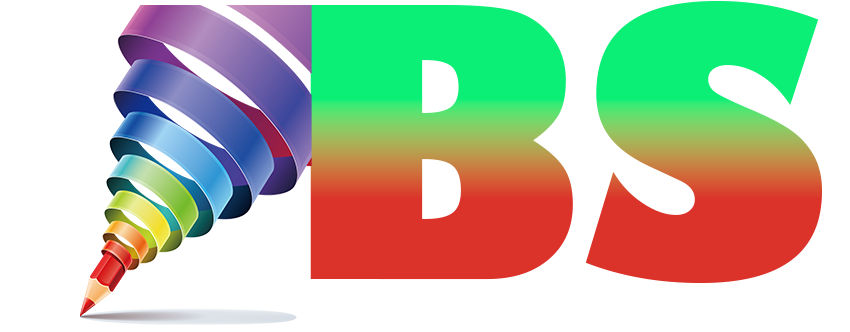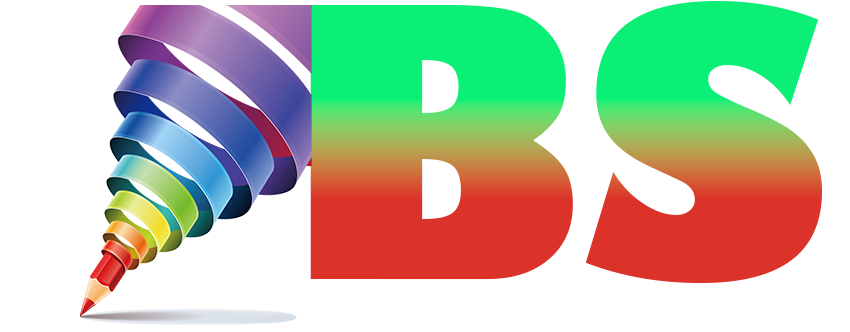Mobile phones and mobile technologies are constantly changing. It might be tough to keep up with the industry's fast-paced pace and frequent changes. Which cellphone network provides the greatest service? Which tariff would best meet my requirements? How do I choose between the most recent handsets?
What Does Mobile Phone Mean?
A mobile phone is a wireless handheld device that allows users to make and receive calls. While the earliest generation of mobile phones could only make and receive calls, today’s mobile phones do a lot more, accommodating web browsers, games, cameras, video players and navigational systems.
Also, while mobile phones used to be mainly known as “cell phones” or cellular phones, today’s mobile phones are more commonly called “smartphones” because of all of the extra voice and data services that they offer.
The first mobile phones, as mentioned, were only used to make and receive calls, and they were so bulky it was impossible to carry them in a pocket. These phones used primitive RFID and wireless systems to carry signals from a cabled PSTN endpoint.
Later, mobile phones belonging to the Global System for Mobile Communications (GSM) network became capable of sending and receiving text messages. As these devices evolved, they became smaller and more features were added, such as multimedia messaging service (MMS), which allowed users to send and receive images.
Most of these MMS-capable devices were also equipped with cameras, which allowed users to capture photos, add captions, and send them to friends and relatives who also had MMS-capable phones.
Along with the texting and camera features, cell phones started to be made with a limited capability to access the Internet, known as “data services.” The earliest phone browsers were proprietary and only allowed for the use of a small subsection of the Internet, allowing users to access items like weather, news, and sports updates.
Eventually, phone makers started to engineer these phones to access the entire Internet, and webmasters for all sorts of businesses, government offices and other domain holders started to make web sites responsive to access by mobile phones. The trend, called “responsive design,” changed the face of the Internet, with mobile phone transactions making up a larger share of ecommerce sales and other activities.
Customer Idea:
Just found out, that to phone a number in madeira, you now need to dial 00 351 291 then the local number. There is now an entire new sequence of numbers added into the international dialing code, can anyone explain when this was introduced and why, and how many countries are now affected by these changes and what the new numbers are? There doesn’t appear to be any informaiton regarding this online. Before I used to dial 00351+ local number, if I do this now, I get “oops please check your number” Do people outside of the Uk also now have this problem?



